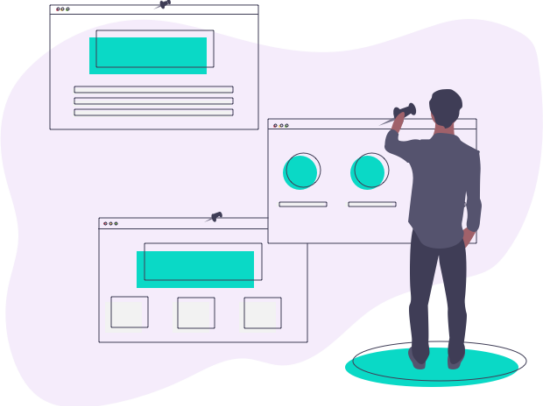
Reducing Manual Sales Order Processing Effort
Reducing Manual Invoice Processing
THE PROBLEM
Our client, a retail MNC, was having issues with manual invoice processing during peak hours. Sometimes non-compliance with budget and approval parameters leads to fraud and incorrect budget allocation. They asked for a solution to automate invoice processing which can reduce risks that arise from manual error in conventional methods.
Our Solution
The Pursuit team of experts helped our client to enable Smart Process Automation. RPA and Cognitive learning were used to automate invoice processing which significantly reduces human effort and intervention. RPA was used to capture the business process tasks performed by the employees of the company. A well-structured workflow generated by Pursuit’s RPA team analyzing employee’s actions during invoice processing. It served as an infrastructure for an automated process. By mapping each process step with its associated cost for manual execution, it is easy to identify the automation which leads to the highest return on investment. As a result, information flow efficiency improved. It is an example of RPA helping to manage large, unstructured datasets.
How does it work?
Step 1: Import PDF Invoices
Step 2: Digitize PDFs into HTML Format
Step 3: Auto-Extract Information (machine learning)
Step 4: Manually Extract Data (exception handling)
Step 5: Perform QA and Submit Invoice as Final
Step 6: Extracted data has structured the database before being transmitted to the system of record for downstream processing
The Outcome

